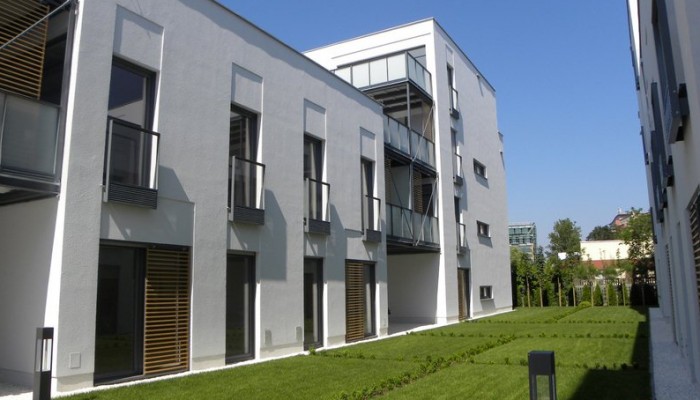We are used to two types of residential buildings: an apartment building and a private detached house. But there are also buildings that have features of both. An example is a block of flats residential building. Not everyone knows what is hidden behind this definition, what status a similar building has, how to obtain the latter. Therefore, it is advisable to analyze all relevant issues in the article.
What is this - a block of flats residential building?
It is important to know the status of your home - the procedure for using real estate depends on it. And the owners of the section of the house here are in a quandary.
According to the Urban Planning Code of the Russian Federation, a residential building of blocked development is a complex of low-rise buildings of the same type, interconnected by a common wall. That is, two or more buildings adjacent to each other, but at the same time having their own isolated exit.
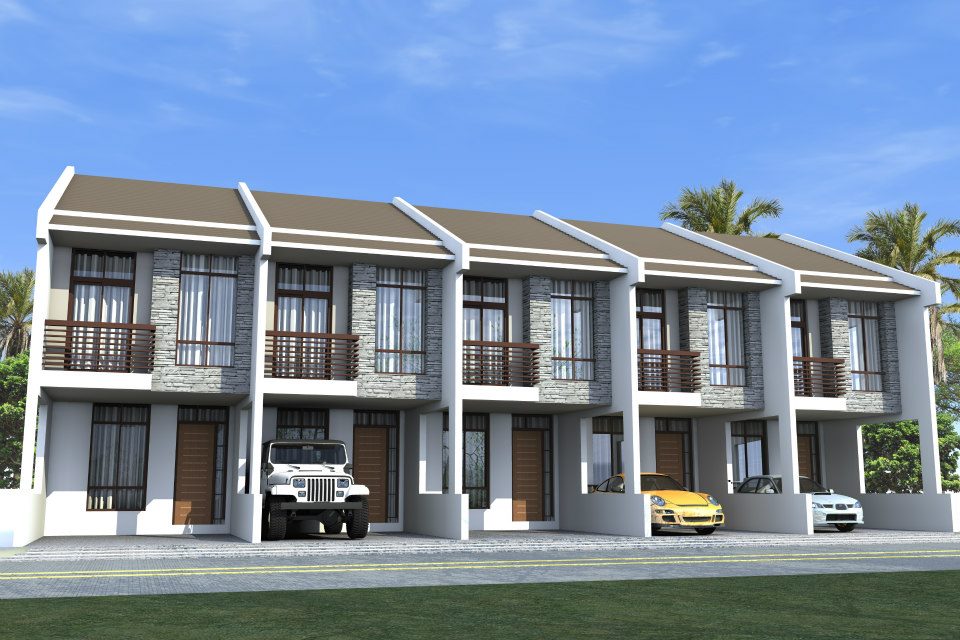
A residential building of blocked building is a combination of low-rise residential buildings erected by one complex.
It is worth distinguishing such structures from a multi-unit low-rise building, described in detail by SNiP 2.08.01-89. Theoretically, block houses still belong to multi-unit buildings, but they should not be fully considered as such. The reason for this is that it is impossible to allocate a share in house ownership. For the reason that the latter is simply not there. Common here are only the walls between the blocks.
Features
An individual residential building of blocked development can be distinguished as a separate type according to the following criteria:
- The adjacent territory is either shared or divided.
- Separate blocks can be from 2 to 10.
- Each section (block) has its own separate entrance. There are no common doors, no porches.
- There are no shared rooms for tenants of the blocks - there are no common stairwells, porches, attics, basements, utility units, etc.
- Each section has its own engineering communications.
- There is no joint ownership of two or more tenants.
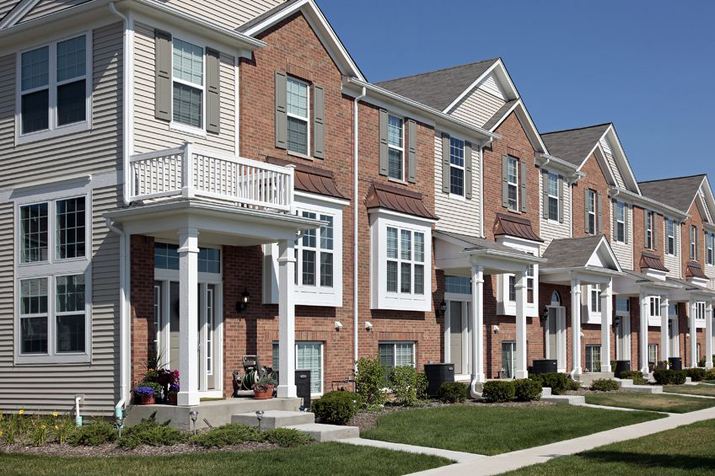
Legal nuances
Before starting the procedure for recognizing an apartment as a residential building in a blocked building, it is important to remember the following nuances:
- A blocked building is an integral structure. Although it has isolated entrances to each of the blocks, according to the law it cannot be classified as multi-unit.
- By inheritance, only a separate section of the house is passed along with the adjacent area. Owning, disposing of the owner can also only this block.
- If the building is registered for cadastral registration, then in the documents it is reflected in the whole structure. Separately registering one block does not work.
- The main object of law is the site on which the building is located, as well as utilities with common metering devices.
As a conclusion from the above, it is difficult to allocate a share for each block owner. In addition, there are some difficulties in concluding service contracts with management companies.
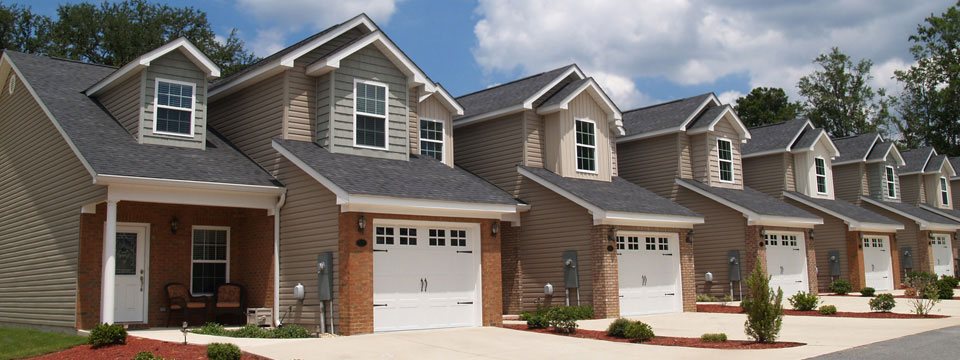
Normative regulation
The status of a residential building of blocked development is regulated by a number of acts and documents. Let us turn to them.
First of all, it is the RF LCD, which determines the key characteristics of block houses. And the LC RF will be a regulator regarding land allocated for these buildings.
The Town Planning Code (Article 49, paragraph 2, second part) defines the object as residential, with a height of not more than 3 floors, including several isolated blocks - but not more than 10 sections. And more important.Each block of a residential building of blocked development is predetermined only for one owner (+ his family, if any), has a separate exit to a personal or joint land plot.
Thus, the Civil Code of the Russian Federation defines the house-blocks as a single structure, consisting of a set of sections. But at the same time, not related to multi-unit.
The Housing Code (Art. 16) defines a residential building. This is an individual building, consisting of both living rooms and auxiliary rooms. It can be both a block of flats and a block of flats. The difference between them is only in the presence or absence of communal property.
The difficulty is that the LCD does not give a clear definition of both a semi-detached apartment house of a blocked building and buildings consisting of a larger number of sections. Today, the Russian Ministry of Construction is working on regulations that can clearly separate multi-unit and sectional buildings.
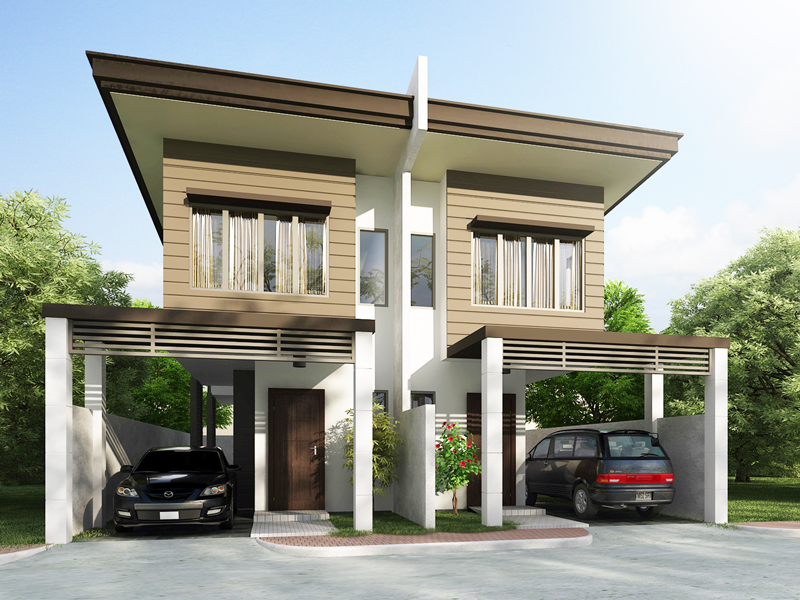
Legal nuances also clarify:
- Orders of the Ministry of Economy and the Ministry of Construction.
- Decisions of the Government of the Russian Federation.
- Building regulations.
Examples of block houses
Here are the most common examples of sectional structures:
- Townhouse. The building is usually located within the city, but has all the signs of suburban housing: a small area of apartments, two floors, a vertical layout, the presence of its own land before exiting.
- Violetta. Also a townhouse, but already an elite type. There is a private terrace, an outdoor pool, a garage, a veranda, an extensive adjoining territory.
- Lanehouse. So-called block houses with a small living area. Usually each block has its own garage.
- Duplex. Two-storey block houses designed for two owners, where there is a blank wall between sections. Only the roof will be common.
- Quadro house. These are four separate blocks, interconnected by common walls. Each has its own exit, garage, garden.
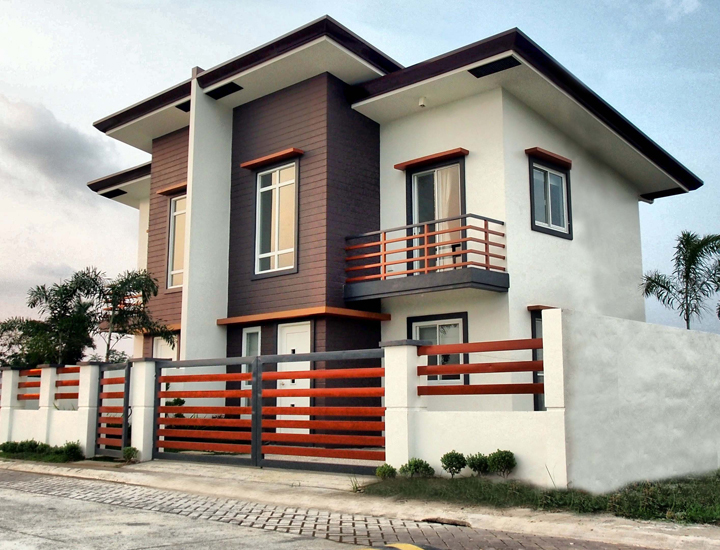
Recognition of a residential building as a house of a blocked building
In this building, each owner is the owner of only his separate section. For the recognition of the building as a house-block, the following reasons are needed:
- The building is located on a separate plot of land. The latter is the common property of all owners of a sectional house. But at the same time, it is possible to set aside a personal plot in front of its section, and each section has a separate exit to it.
- All blocks are isolated - between them there is no connection through common house property. Thus, a sectional house is a complex of individual blocks.
How to recognize a house block?
Why is this needed? The fact is that the owners of blocks in such a structure also have the right to own part of the local area. What can not be said about the residents of an apartment building.
In order to recognize a residential building as a house of blocked development, the first thing you need to do is to apply to:
- BTI.
- Local administration.
- The courts.
Accordingly, all of these steps should be completed sequentially. The court - only in case of failure of the first two steps.
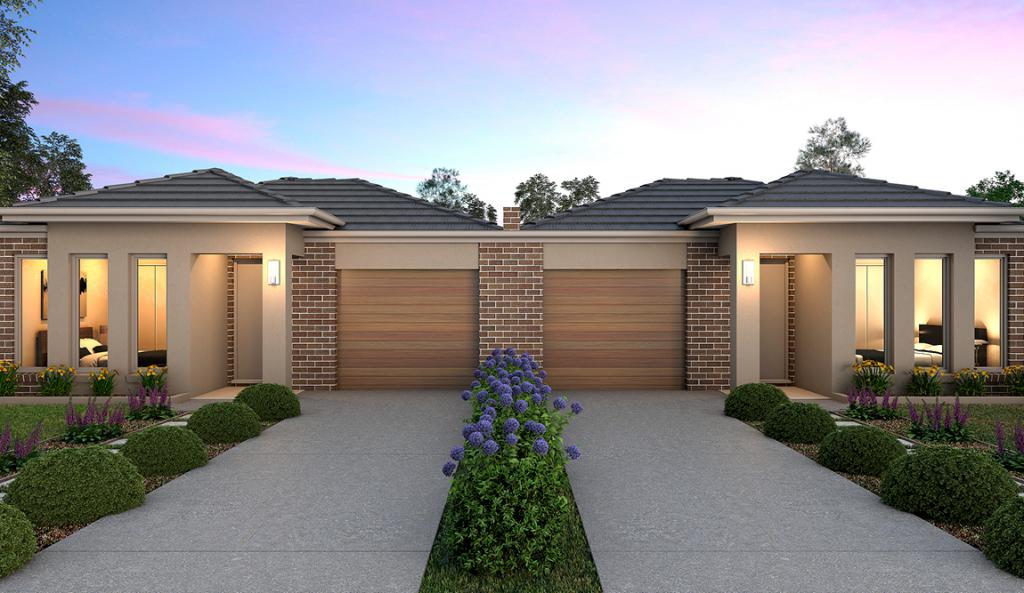
As practice shows, the judicial system recognizes the house as a block house, sectional with such a combination:
- The building stands alone, has no more than three floors.
- Each block, section is intended for one owner, one family.
- There are no single home systems, property for the common use by owners.
- Utilities (such as water supply, heating, sewage, electricity, etc.) are provided to block owners directly by the supplier.
- General equipment is located outside the walls of residential sections for servicing independent blocks.
Block house technical plan
The technoplan of a sectional house is compiled in accordance with Art. 24 Federal Law No. 218. Without this document, building commissioning is not possible. The technical plan should include the following:
- Full information about the building, which is necessary for its cadastral registration.
- Information about each block (this is also required for cadastral work).
- Data on the building with the cadastral number already assigned. This is for making entries in the USRN.
The technical plan consists of a text and graphic section. The latter is a cadastral plan of the territory or an extract from the Unified State Register of the land on which the sectional structure is located, with a description of its location.
We also draw your attention to the letter of Rosreestr No. 14-02689-GE / 17:
- Each block of the commissioned sectional house is put on cadastral registration as a separate residential building.
- It follows that for each section should be prepared its own technical plan. This leads to the fact that a certain land plot is assigned to the block.
- The basis for accounting sections in such a house is a permit to commission the entire structure and a technical plan drawn up for each block.
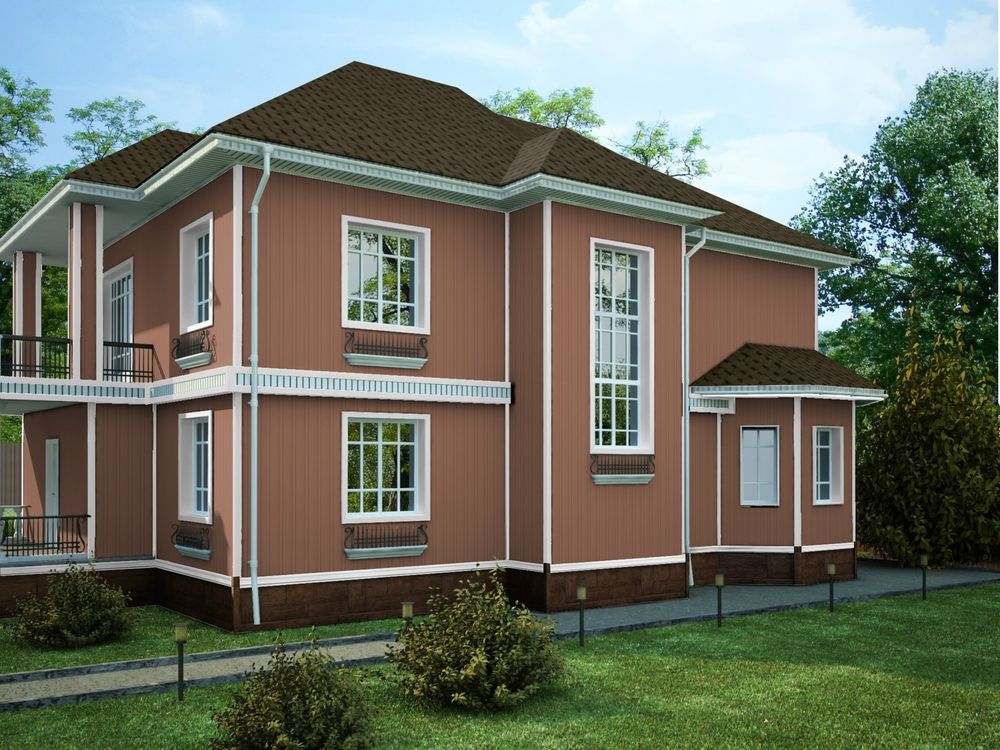
Land surveying for block buildings
According to the above definitions, the exit from the section of the block house leads to a separate land plot, from where you can get into the common area. This characteristic determines the features of land surveying. The area of each plot of land should not be less than the size established by the Rules for land use and development of a specific locality of the Russian Federation.
Land surveying is necessary for registering a house on cadastral records. In this case, the boundary between adjacent sections is the common wall of the building between them. Cadastral engineers carry out the marking, at the end of the work, draw up a boundary plan. On its basis, a unique cadastral number is issued to the house, and the building is included in the lists for cadastral registration.
Blocked houses are a new phenomenon for our country. Therefore, there is so much confusion with the identification of their distinctive features, the recognition of structures as sectional, block.
